![]()
![]()
![]()
Use LEFT and RIGHT arrow keys to navigate between flashcards;
Use UP and DOWN arrow keys to flip the card;
H to show hint;
A reads text to speech;
16 Cards in this Set
- Front
- Back

Holland et al. (1988)
|
Holland et al. (1988) studied 34 pairs of twins in a clinical session to establish how many of the individuals suffered from Anorexia Nervosa (AN). It was found that AN is strongly influenced by genetic factors, although since the concordance was not 100%, there must be other influences as well.
The sample was very small, and the results may not generalize. It may be that factors other than genes are influencing these results; for example identical twins are likely to be treated differently from non-identical twins, and this may contribute to behavioural abnormalities. Also they grow up in the same environment. |
|
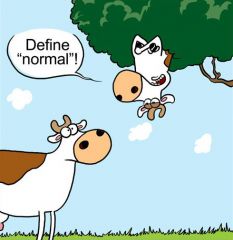
Jahoda (1958)
|
Jahoda (1958) surveyed doctors, psychiatrists and others concerned with mental health and proposed six categories that were a condition of normality:
• Positive self esteem and a strong sense of identity • Personal growth and development • Ability to cope with stressful situations (integration) • Autonomy and independence • Accurate perception of reality • Successful mastery of the environment, particularly relationships |
|

Rosenhan (1973)
|
Rosenhan (1973) used healthy "pseudopatients" who briefly simulated auditory hallucinations - hearing the words 'empty', 'hollow' and 'thud' - in attempt to be admitted to a psychiatric ward. All were admitted and diagnosed with psychiatric disorders. After admission, the pseudopatients acted normally and told staff that they felt fine and had not experienced any more hallucinations. All were forced to admit to having a mental illness and agree to take antipsychotic drugs as a condition of their release. The average time that the patients spent in the hospital was 19 days. All but one were diagnosed with schizophrenia "in remission" before their release. The study concluded "it is clear that we cannot distinguish the sane from the insane in psychiatric hospitals" and also illustrated the dangers of dehumanization and labeling in psychiatric institutions.
|
|

Tarrier (2005)
|
Tarrier (2005) reported cognitive-behavioural therapy to be an effective treatment of schizophrenia, finding evidence of reduced symptoms and lower relapse rates.
|
|

Jones (1924)
|
Jones (1924) used systematic de-sensitisation to eradicate ‘Little Peter’s’ phobia of white fluffy objects by presenting a white rabbit at ever closer distances each time the boy’s anxiety levels lessened. Eventually he was content in the presence of the rabbit, a feeling which generalised to similar white, fluffy objects.
|
|

Williams (1994)
|
Williams (1994) found that 38% of women reportedly abused as children could not recall the abuse, especially if it was by someone they knew. This suggests repression of traumatic events, supporting psychodynamic theory.
|
|
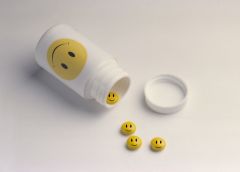
Furukawa et al. (2003)
|
Furukawa et al. (2003), reviewing 35 studies, found that antidepressants were more effective than placebos (dummy pills), which implies antidepressants to be appropriate for treating depression.
|
|
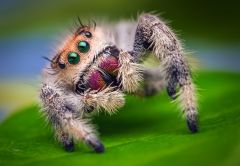
Armfield (2007)
|
Armfield (2007) asked participants to visualise a spider in varying conditions of danger and controllability, finding that participants who believed they could not escape and that the spider was dangerous and unpredictable in its movements scored more highly on fear of spiders, which implies that individual beliefs determine vulnerability to anxiety, thus supporting the cognitive model.
|
|
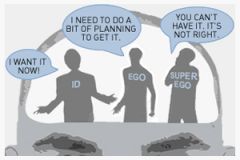
Solms (2000)
|
Solms (2000) used PET scans on non-brain-damaged individuals to strengthen Ito’s (1998) claim that the id is located in the limbic system, while the ego and super-ego are in the frontal lobes of the cerebral cortex, giving clinical support to psychoanalytic theory.
|
|

Janowsky (2009)
|
Janowsky (2009) found a link between abnormal neurotransmitter levels and the development of depression and manic depression. High levels of acetylcholine were associated with depression and low levels with mania. This suggests that biochemical imbalances can result in mental illness.
|
|
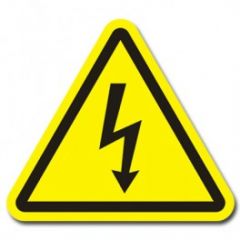
Levy (1968)
|
Levy (1968) compared bilateral and unilateral forms of electro-convulsive therapy as treatments of depression, finding that unilateral versions incurred less memory loss, but that bilateral versions provided more effective relief of depressive symptoms.
|
|
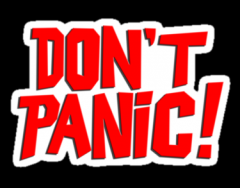
Klosko et al. (1990)
|
Klosko et al. (1990) compared various therapies for the treatment of panic attacks, finding 87% patients panic free after systematic de-sensitisation, 50% after taking the drug Alprazolam, 36% with a placebo and 33% with no treatment. This suggests that SD is highly effective.
|
|
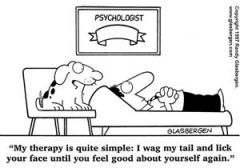
Pagnin et al. (2008)
|
Pagnin et al. (2008) performed a meta-analysis of studies comparing the effectiveness of electro-convulsive therapy, antidepressants and placebos in treating depression, finding ECT to be superior in treating severe and resistant forms of the disorder. This suggests ECT to be a valid therapeutic treatment.
|
|
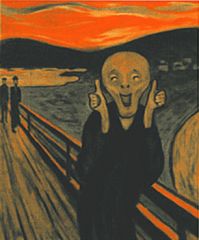
Tharyan & Adams (2005)
|
Tharyan & Adams (2005), reviewing studies of electro-convulsive therapy, found it a short-term effective treatment of schizophrenia, but not as effective as anti-psychotics, though Tang et al. (2000) found ECT to be effective in treating schizophrenics who did not respond positively to anti-psychotics. This suggests that ECT does have beneficial uses as a treatment of schizophrenia in some instances.
|
|

Bergqvist et al. (1999)
|
Bergqvist et al. (1999) found that low doses of the anti-psychotic drug Risperidone were effective in treating obsessive-compulsive disorder (OCD), due to the drug’s dopamine-lowering effect.
|
|

Mineka et al. (1984)
|
Mineka et al. (1984) reported how young monkeys learned snake phobias by observing older monkeys exhibit fear in the presence of snakes, supporting the idea of phobias being acquired through social learning.
|

